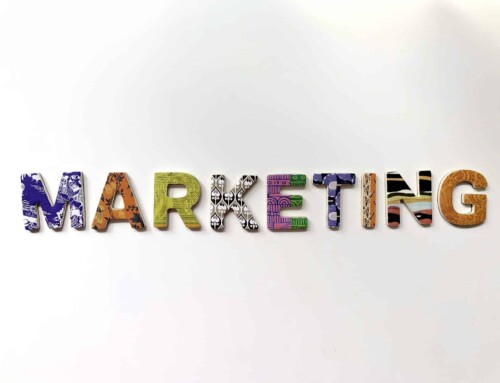Personal branding can help you progress professionally while also improving your job satisfaction.
This is so that your authentic brand can be in line with your professional endeavors and goals. And as we transition into the hybrid workplace, personal branding is entering a new, exciting phase known as Personal Branding 3.0.
Where did we come from?
Personal branding was once a vague idea that was predicted by renowned management expert Tom Peters. He predicted a workplace in which a person’s ability to successfully market themselves would be crucial to their job success when he released his manifesto “The Brand Called YOU” in Fast Company magazine. That occurred during the early 20th century (1997 to be exact).
Personal branding is now acknowledged by industry experts as a crucial career management strategy and by businesses as a tool for nurturing, developing, and progressing talent. But it took time and effort to make personal branding a commonplace. Senior executives were the only ones who initially accepted it. They are used to serving as the public face of their organizations. In fact, several businesses began spending money to make their C-suite more visible in the early days of personal branding as a method of differentiating themselves from rivals.
Company-wide personal branding was then perceived as a danger by many executives in HR and management. They reasoned, “If I help my people create their brands, the competitors will poach them. Also, we only want to have one company brand in the market rather than 10,000 different brands.
Fast-forward to Personal Branding 2.0, when senior leadership finally understood that investing in your employees and assisting them in aligning their work with their personal values can boost their performance and loyalty to your business.
The advent of Personal Branding 2.0 may be attributed to one significant achievement: LinkedIn. From its inception in 2003, LinkedIn has provided career-minded people with evidence that they are ultimately responsible for their careers, not their employers, and that proactive career management is essential for success.
And because LinkedIn was an online platform, this turning point also prompted the shift from offline branding to online personal branding (which primarily occurred at work, at networking events, and when presenting at conferences). PB2.0 sparked a movement to reject conformity and celebrate individuality, enabling businesses to get the most out of their workforces and boosting workers’ success.
the pandemic solidified the shift to the internet realm, where first impressions are generated totally online and Zoom meetings have evolved into a venue for businesspeople to network and present their brands.
The new hybrid workplace has pushed us to the next frontier: PB3.0 as the pendulum has swung back to include some real-world connections, while we’ve learnt to manage so many of the issues we faced due to the pandemic.
Nowadays, personal branding is a widespread phenomena. Businesses are encouraging employees to recognize their unique abilities and include them into the external brand communications plan because they have realized the importance of people developing their own brands. Stewardship of digital brands is increasingly becoming everyone’s job. Businesses are aware that customers and potential employees are more likely to believe employee feedback than information released through their official channels of communication.
The best part about this new iteration of personal branding is that it recognizes the critical humanity deficiency in the workplace. PB3.0 addresses the effects of the rapid proliferation of technology in the workplace (particularly the dreaded Zoom meetings) and the decline in human interaction in virtual and hybrid workplaces. Additionally, the promise of personal branding, which has always accepted variety down to the level of the individual, perfectly aligns with the cultural significance of DEIB. Also, PB3.0 is in line with the workforce’s desire to be acknowledged for their distinctive contributions to the company as Gen Y and Z make up an increasing portion of the workforce.
How does this affect you? These are some tips for thriving in the Personal Branding 3.0 era.
- Use the personal branding three Cs. Be Clear with your one-of-a-kind promise of value. Be Consistent and be loyal to who you are. And keep going, be Constant. Strong brands don’t disappear.
- Get your online reputation in order. Your first impression, as well as your efforts to form connections, gain knowledge, and develop, all take place online. Transform your genuine self for the virtual realm to enthrall on a little screen.
- Video, video, video. Make your synchronous interactions (online meetings and presentations) interesting because video is the most effective form of communication we have when we can’t be present in person. On the other hand, to convey a fuller, more compelling message during asynchronous interactions, use video (YouTube channels, video messages).
- Be Genuine. A shortage of humanity has been caused by virtual and hybrid labor. Amplify the feeling, check in with others, be generous with appreciation and praise, and be vulnerable in order to be sincere and forge lasting connections.
- Provide value. Strong brands are constantly noticeable, accessible, and valuable to the target audience that they want to persuade, affect, and impress. Add your personal touch on whatever you do and always provide outstanding value.
Personal branding has always had the power to change business cultures and individual careers. The promise is now a breath-taking new reality because of the ground-breaking attitudes and abilities of PB3.0.
For Branding a business, or personal branding, contact the Branding professionals at Seattle Digital Marketing today to discuss your branding project!


